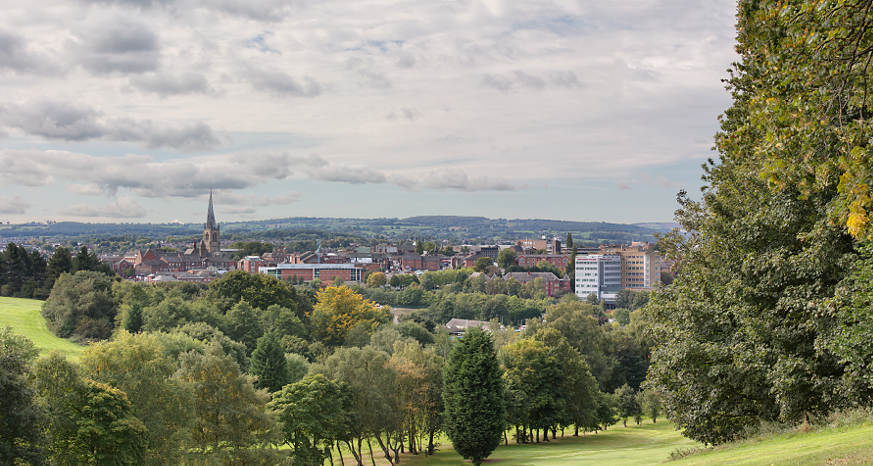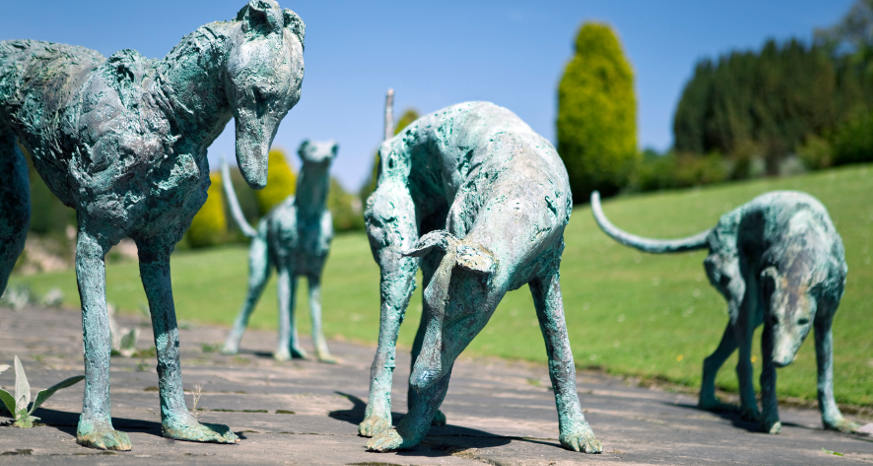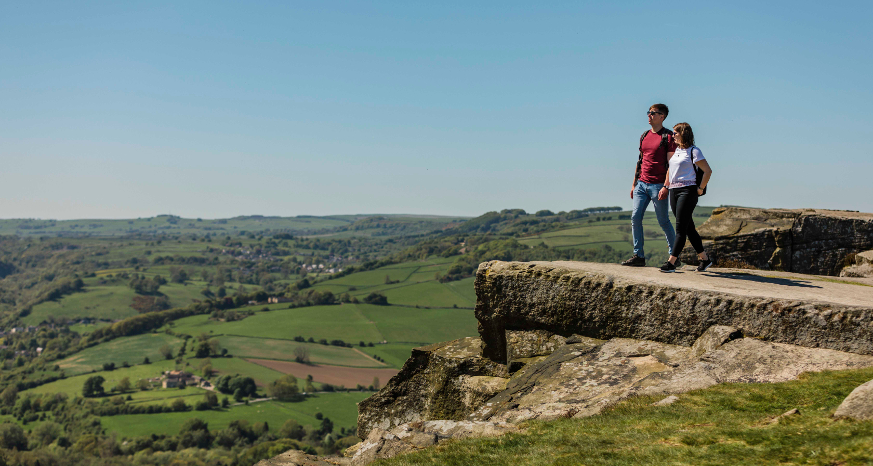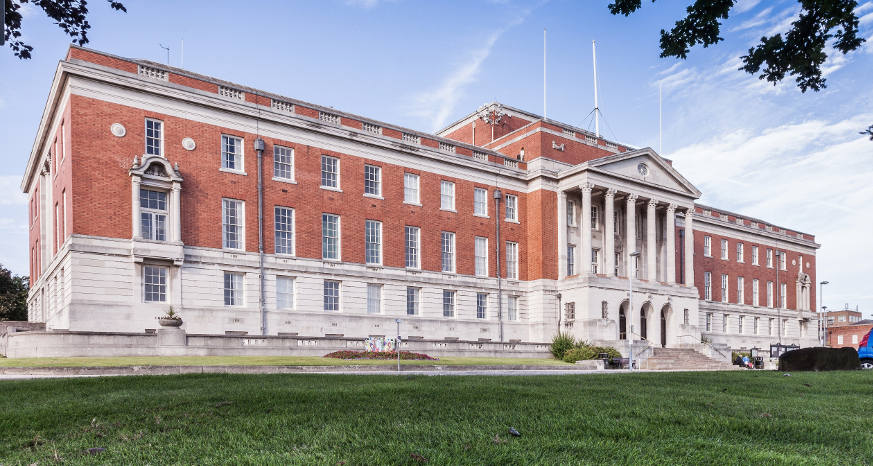Thanks to a National Lottery grant of more than £450,000, two centuries worth of industrialisation are to be reversed around the River Rother in Derbyshire.
The grant will allow the follow changes to be made;
- a 700m straightened stretch of the Rother will have meanders reintroduced recreating its natural appearance
- some 170 volunteers will be recruited and trained to restore natural habitats. This will include planting trees, laying hedgerows, clearing litter and removing invasive vegetation. This will be in partnership with Moss Valley Wildlife Trust.
- an ambitious citizen science education programme has been devised, involving 60 events and targeting more than 3,000 people. Activities will include BioBlitz days where groups undertake a ‘record everything’ census in a specific location, nature-themed treasure hunts and river visits for 600 children from 10 local schools
- public access to the restored river and streams will also be greatly improved with waymark signs and interpretation boards
Rachel Walker, Project Manager at the Don Catchment Rivers Trust, said: “Not only does this funding mean we can restore a section of the River Rother to its natural course, but we can celebrate the natural, community and industrial heritage of the area. We can’t wait to get started, and neither can all of our project partners.”
Jonathan Platt, Head of Heritage Lottery Fund East Midlands, said: “This project will restore the natural environment while giving people the chance to learn about the important industrial heritage of the area. Whole communities will get the opportunity to be involved in a variety of ways and this is all thanks to the generosity of National Lottery players.”










